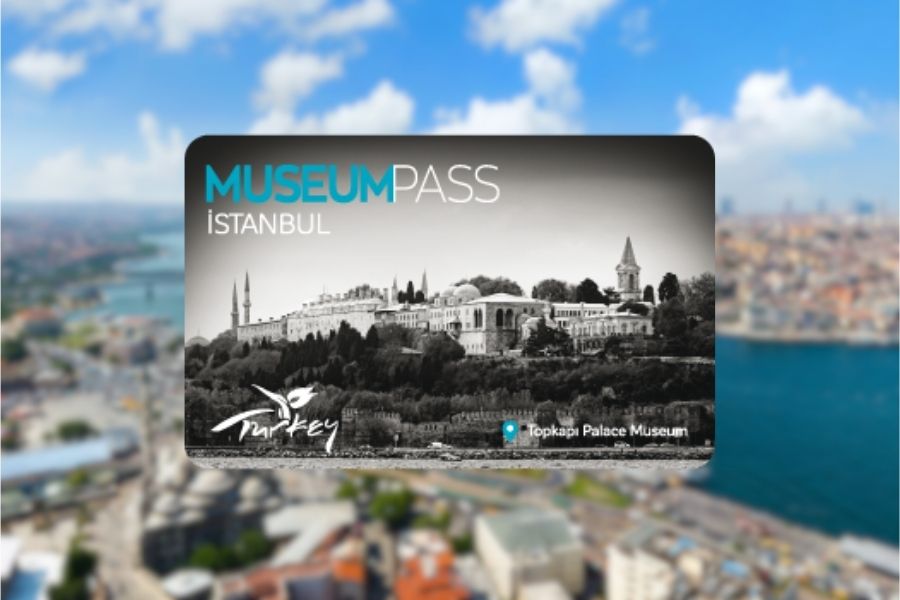
Van’s Routes to Discover: Akdamar Church
Table Of Contents
Located in the middle of Lake Van, Akdamar Island offers its visitors a unique experience not only with its fascinating natural beauties but also with its historical structures such as Akdamar Church. This historical structure, dating from the Vaspurakan Kingdom of Armenia, is one of the most important stops of both history and nature tourism with its architectural structure, religious figures and cultural heritage. Akdamar Church was restored in 2007 and opened to visitors as a monumental museum.
Where is Akdamar Island?
Akdamar Island is located in Lake Van in the Eastern Anatolia Region of Turkey. The island is within the borders of the Gevaş district of Van and is known as the second largest island of Lake Van. Akdamar Island, which stands out with its natural beauties and historical texture, shines like a pearl in the middle of the deep blue waters of Lake Van.
How to Get to Akdamar Island?
Transportation to Akdamar Island is provided by boats departing from the Gevaş district of Lake Van. In order to reach the island, you must first go to Gevaş by land. Boat tours departing from Gevaş last approximately 30 minutes accompanied by the unique view of Lake Van. After reaching the island by boat, visitors can visit Akdamar Church and enjoy the peaceful atmosphere of the island.
What is the Akdamar Legend?
There is a touching legend that gave its name to Akdamar Island. According to the legend, Tamara, a young girl living on the shores of Lake Van, fell in love with a shepherd. The shepherd swam across the lake to the island every night to see Tamara. Tamara lit a lantern to guide the shepherd. However, one day, Tamara's father learned of this love and extinguished the lantern on a stormy night, causing the shepherd to lose his way. While struggling with the waves, the shepherd cried out "Ah, Tamara!" as he took his last breath, and this cry eventually became the name of the island: Akdamar.
Akdamar Church History
Akdamar Church was built between 915-921 by the Armenian Vaspurakan King Gagik I in the name of the Holy Cross. The architect of the church is Monk Manuel. The church was initially built to be used as a palace church, but later served as a monastery church. Over time, various structures were added to the church; a chapel was built between 1296-1336, a jamatun (community house) in 1763, and a bell tower was built in the late 18th century. Akdamar Church has been repaired many times throughout history and has managed to survive to the present day.
Akdamar Church Architecture
Akdamar Church is a structure with a central dome and a four-leaf clover-shaped cross plan. The church, which draws attention with the relief figures on its exterior, is considered one of the most beautiful examples of Armenian architecture. The figures on the facade of the church include scenes from the Bible and the Torah. Important religious scenes, especially the throwing of Jonah into the sea, the struggle between Prophet David and King Goliath, and the expulsion of Adam and Eve from Paradise, increase the artistic and religious value of the church. In addition, the dome of the church is in the shape of a pyramidal cone and gives the church a vertical and impressive appearance.
Figures Inside the Akdamar Church
Akdamar Church also has a great artistic richness with the reliefs and figures on its exterior. Important events and people in terms of Christianity are depicted on the walls of the church. These include scenes such as Jesus, Mary, Armenian nobles and palace life. In addition, the vine belts on the lower and upper parts of the church are enriched with different animal figures and hunting scenes. These figures provide information about the lifestyle and culture of the period, beyond the church being only a religious structure.
When Was the Akdamar Church Restored?
Akdamar Church underwent a comprehensive restoration process in 2007 and was opened to visitors as a monumental museum as a result of this restoration. The church was first renovated in 1462, damaged by an earthquake in 1703 and repaired again between 1712-1720. Akdamar Church, which has been repaired many times throughout its history, has survived to the present day by being preserved in every period. Akdamar Church is a fascinating structure in the middle of Lake Van with both its natural beauty and historical texture. One of the most important works of Armenian architecture, the church fascinates its visitors with its reliefs on its exterior and architectural structure. Akdamar Island and its church are a unique tourism spot where history and nature come together.



